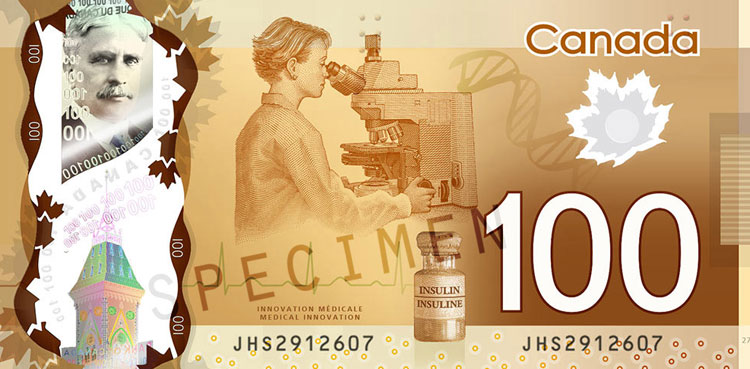Karachi, May 24, 2025 – The Canadian Dollar (CAD) remains steady versus the Pakistani Rupee (PKR) at 201.55 PKR as of Saturday, according to the latest forex market trends.
The stability in the midst of economic instability at the global level, driven by monetary policy and trade policy, is a relief to Pakistani businesses and families, as well as remittance-based families.
Valuation Process of CAD to PKR
Canadian Dollar to Pakistani Rupee exchange rate is determined by a multiple of foreign exchange (forex) market economic determinates. Determination is made through:
Supply and Demand: CAD-PKR exchange rate will primarily be decided by demand and supply of the two currencies in domestic and foreign markets. Increased demand can strengthen CAD against PKR, usually caused by Canadian exports such as oil or good economic performance. Increased demand for PKR for trade or remittances will strengthen the PKR.
Central Bank Policies: The central positions of Bank of Canada and State Bank of Pakistan command their significance. The low inflation rate and good money policy of Canada, which is targeted at 2%, have been primarily supporting the strength of CAD for years. Compared to higher inflation rates of Pakistan and vulnerability to political instability, which have the propensity to devalue the PKR, like in recent studies.
Global Economic Indicators: The rate is fueled by geopolitical news, interest rate spreads, and trade balances. Recent tariff threats by the U.S., for example, have weighed on the CAD, although they have been moderated by market realignments.
Market Sentiment and Speculation: Expectations of fx traders, driven by global trade flows and economic projections, have the potential to induce short-term volatility. Recent stabilization at 201.48 PKR only implies a market already priced within risk such as U.S. tariffs.
Influence of Stability
The CAD stability at 201.55 PKR has long-term consequences:
Remittances: Remittance-reliant Pakistan benefits from a stable CAD-PKR exchange rate. The stable rate ensures reliable inflows into families that can finance consumption and domestic economies.
Trade and Companies: Pakistani businesses importing Canadian goods, for instance, machinery or fruits, are able to forecast costs, hence planning and budgeting is more easy. But businesses must exercise care since the intricacies of global trade, i.e., U.S. tariffs, can mar this equilibrium.
Inflation and Cost of Living: A stable Canadian Dollar lessens imported inflation in Pakistan, as a weakening PKR tends to increase the cost of imported goods. The stability would deflate pressure on consumer prices, although Pakistan’s overall inflationary issues continue.
Investment Options: Policymakers and investors in all countries can invest more securely under fixed exchange rates. Future volatility, however, possibly may be ushered in by present global trade tensions, particularly U.S. policies.
Introduction to CAD and PKR
The Canadian Dollar (CAD), or the “loonie” because of the loon bird that adorns its one-dollar coin, is the official currency of Canada. Governed by the Bank of Canada, the CAD is stable because of Canada’s stable economy, stable inflation, and high exportation of natural resources, such as oil and wood. Its exchange rate is mostly influenced by global commodity prices and trade, especially with the United States.
The State Bank of Pakistan regulates the official state currency of Pakistan, the Pakistani Rupee (PKR). PKR is used in all regions, from big cities like Karachi to small rural towns. The currency is highly vulnerable to inflation rates, foreign exchange reserves, and political stability.
PKR has declined significantly against major currencies during the past ten years, from 105 PKR per USD in 2012 to 226 PKR per USD in 2022, reflecting economic challenges. Stability of the value of the Canadian Dollar at 201.55 Pakistani Rupee brings relief from the uncertainty of a disorderly global economy. Though the valuation process is a delicate balancing of supply-demand forces, central bank measures, and global moods, the implications are experienced in remittances, trade, and managing inflation. As currencies ride out external shocks such as U.S. tariffs and internal economic conditions, businesses and policymakers will be closely interested in forex news to maintain economic resilience.


Leave a Comment